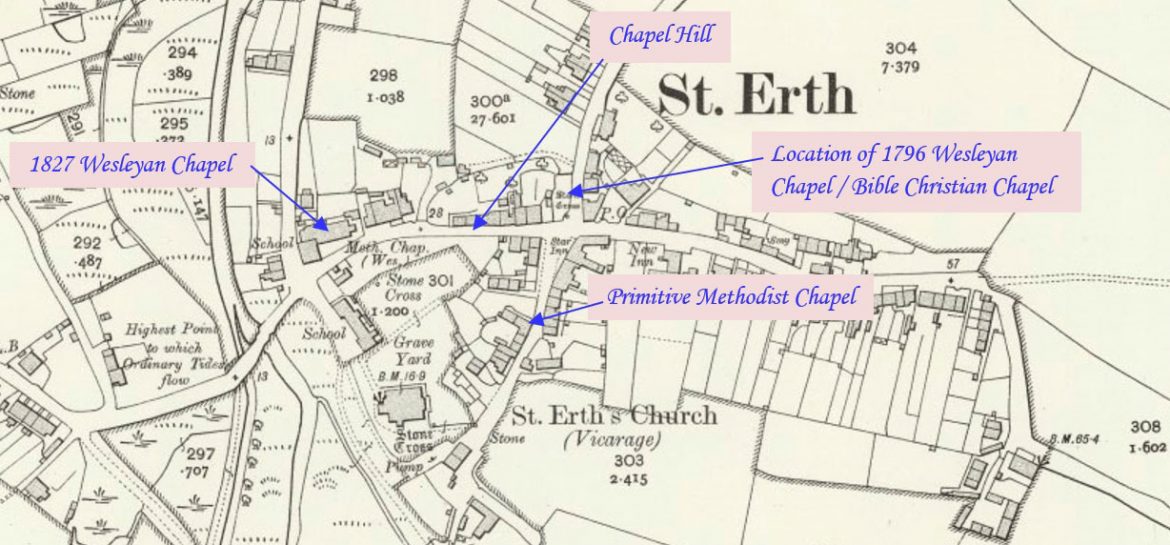
St Erth is a village four miles southeast of St Ives and six miles northeast of Penzance. This profile of St Erth Wesleyan Chapel has been compiled by Jo Lewis and Tony Mansell with help from Mike Millichamp, Cedric Appleby and Val Thomas of St Ives Old Cornwall Society.
There is a tradition that John Wesley preached at the cross and Methodists were here from about 1783 with the earliest record of practising Methodists in St. Erth from this date.
1783: The earliest record of the St Erth Methodist Society is for Easter. (St Erth Methodist Church – Cedric Appleby)
Hired room used for services. (St Erth Methodist Church – Cedric Appleby)
A history of St Erth Wesleyan / Bible Christian Chapel by Mike Millichamp
The Bible Christian Church was a Methodist denomination founded by William O’Bryan, a Wesleyan Methodist local preacher in 1815.
The earliest record of practising Methodists in St. Erth is 1783. Later in 1796 the first Wesleyan Methodist Chapel was built at Churchtown and was used until 1827 when they moved to their current site.
They left behind a purpose-built building albeit rather simple but too small for the Wesleyans. It had a seating capacity for 40 but 55 persons regularly attended.
This was then converted and occupied by the local blacksmith and then by the Bible Christians sometime later. The 1851 Census of Places of Public Worship indicates that the chapel was extant and John Parsons was the minister.
The 1877 Ordnance Survey map shows the existence of the building and a local newspaper report of 1891 confirms that it was flourishing when the stone Churchtown cross was re-erected outside the Chapel wall.
It was abandoned in 1907 as a place of worship.
The 1908 Ordnance Survey map shows no trace of the building.
It has long since been demolished and the site divided and it would appear the current Post Office and General Stores has been built on part of the site with a new house on (perhaps) the road entrance.
I have no doubt that worship was originally carried out in a barn or home, but by 1891 the Bible Christians were worshipping in the original meeting room, built in 1796 by the Wesleyans. In 1827 the Wesleyans built a larger chapel on glebe land at the bottom of the hill nearer to the river so the building was used as a smithy prior to the Bible Christians taking it over. (Val Thomas)
1796 Chapel
In 1796 the first Methodist Chapel was built at the cross where the Post Office is today.
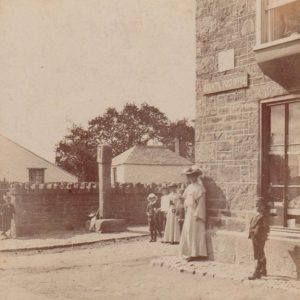 The caption reads 9th August 1905. St Erth P O and Cross – site of old chapel, probably centre background (Photo: Edward Offer, courtesy Mike Mycetes) Mike Mycetes adds, “The cross is still there; the building identified as the Chapel has long since been demolished and the current Post Office Stores stands on part of the site. The bystanders are next to the old Post Office which is now a private house.”
The caption reads 9th August 1905. St Erth P O and Cross – site of old chapel, probably centre background (Photo: Edward Offer, courtesy Mike Mycetes) Mike Mycetes adds, “The cross is still there; the building identified as the Chapel has long since been demolished and the current Post Office Stores stands on part of the site. The bystanders are next to the old Post Office which is now a private house.”
1796: Build date. (Checklist of Churches in the Hayle Circuit on the 31st August 1961)
1796: Built as a Wesleyan Chapel.
Seating for 40. (Mike Millichamp)
1827: The Wesleyans vacated the building. (St Erth Methodist Church – Cedric Appleby)
Building used as a smithy.
1837: Bible Christians meeting in St Erth. (St Erth Methodist Church – Cedric Appleby)
1851: St Erth Bible Christians using the old Wesleyan Chapel / Smithy.
The site of a Bible Christian chapel, recorded on the 1st Edition 1:2500 OS map, but demolished by the time of the 2nd Edition map c1907. Gravestones found on the site (31981) are probably not associated with the chapel as they are C18. (Cornwall Council Heritage Gateway)
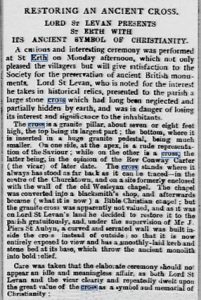 (The Cornishman Thursday 5th November 1891) Briefly the article explains:
(The Cornishman Thursday 5th November 1891) Briefly the article explains:
- The land belonged to the St Aubyn family.
- The cross, which is still in position and is listed by English Heritage, was originally enclosed within the wall of the Wesleyan Meeting house.
- The wall enclosing the cross was adjusted and the height of the cross was exposed.
- At the time of writing the newspaper article it was still being used by the Bible Christians.

The chapel has now been demolished but the post office has yet to be built (Photo: courtesy Mike Mycetes)
1827 Chapel
The present chapel of 1827 was built as a result of increasing numbers following revivals. It was built with a gallery, a pulpit on a ‘pole’, a ‘leader’s seat’, a seat for the singers (instrumentalists who played for the church in the morning and chapel in the evening) and a pew for Captain Richard Hodge (a friend of Richard Trevithick).
The chapel went through the usual pattern of alterations in the Nineteenth Century. Fifteen feet were added to the western end in 1859. In 1864 the organ arrived but did not take up its present position until 1872 and this involved the extending of the roof and a loss of floor space at the western end and the commandment tables were moved forward. In 1889 the rostrum was built. The gallery at the western end was lowered. In 1893 the ‘Higher Vestry’ was built to provide additional space for class meetings etc.
The final extensive alteration came in 1906 to plans by the Penzance architect Oliver Caldwell with the raising of the roof and new ‘Gothicised’ windows. The old porch remained. The boundary wall was added in 1909 with iron railings and gates from the Coalbrookdale Foundry. The gates were later replaced and the present ones were made by the Late Mr Lashbrook of Anvill House Fore Street St. Erth, the village blacksmith.
In the chapel. notice the monument to Francis Tuckfield (1808-1865) who was one of the few missionaries to venture out to the Aboriginals of Australia. He married Sarah Gilbart of Battery Mill. Special thanks to Cedric Appleby for supplying the history of St Erth Methodist Chapel. (St Erth Methodist Church – Cedric Appleby)
The Wesleyan Methodists had a chapel in the Churchtown, and at St Erth Praze; the Bible Christians also had a chapel in the Churchtown. (Genuki)
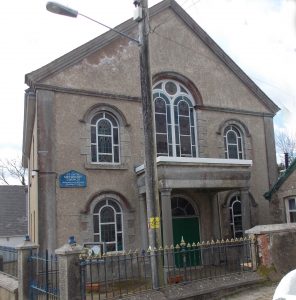 (Photo: (Paul Phillips)
(Photo: (Paul Phillips)
1827: Build date. (Checklist of Churches in the Hayle Circuit on the 31st August 1961)
Built as a Wesleyan Chapel. (SWChurches)
1859: Chapel extended.
1869: Organ purchased and installed in 1872 in its current position in an extended organ loft built over the adjoining school.
1889: Rostrum built.
1893: Higher Vestry built to provide additional space for the chapel. Over the last 100 years it has been used as a meeting place; a vestry; a Sunday school; a Scout hut; and more recently to store the village Christmas lights, until the building became unsafe.
1901: “St Erth Wesleyan Band of Hope on Saturday afternoon, held its annual tea. Headed by the Deveral Brass Band, under Mr Thomas Pascoe, the members (numbering about 170) marched round the village. …” (30 May 1901 – Royal Cornwall Gazette)
1906: Re-opened after extensive alterations. (The Cornish Telegraph – Thursday 27 September 1906)
1909: Boundary wall with iron railings, and later gates, completed the work.
1922: ST. ERTH SCHOOLS TO CLOSE. Both St. Erth National and St. Erth Wesleyan Schools will be closed on Friday. St. Erth National School has served as an elementary school for 82 years, St. Erth Wesleyan for 50 years. The scholars will be accommodated in St Erth new Council School, which will be opened on April 3. (Cornishman – Wednesday 29 March 1922)
1928: “… St Erth Band of Hope, large gathering met in the Wesleyan Schoolroom, and afterwards paraded the village, headed by the St Erth Silver Band. Tea was served in the schoolroom from 4 to 6 p.m., and was well attended…” (13 June 1928 – Cornishman)
1932: The Wesleyan, Primitive Methodist and the United Methodist Church amalgamated to become the Methodist Church of Great Britain.
1932: Became St Erth Methodist Church. (SWChurches)
1937: “St. Erth Band of Hope held their tea treat on Saturday. The Hayle Silver Band was in attendance.” (17 June 1937 – Cornishman)
 (Photo: David Philp)
(Photo: David Philp)
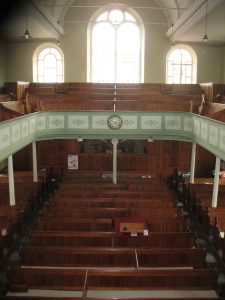 (Photo: David Philp)
(Photo: David Philp)
 (Photo: David Philp)
(Photo: David Philp)
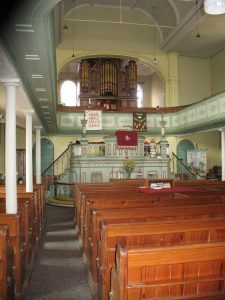 (Photo: David Philp)
(Photo: David Philp)
1946: Letter, model deed for trusts, St Erth Methodist Church. Letter relating to new model deed trusts for chapel at St Erth. (Kresen Kernow MRIHY/51)
1977: Printed history, St Erth Methodist Church. St Erth Methodist Church, a history of the present building, 1827-1977 by C J Appleby, St Erth, 1977. (Kresen Kernow MRIHY/589)
September 2014: St Erth Methodist Church took the reluctant decision to request permission from the Council to demolish the building on the grounds of Health and Safety because of the state of disrepair and potential danger to members of the public but permission was refused.
